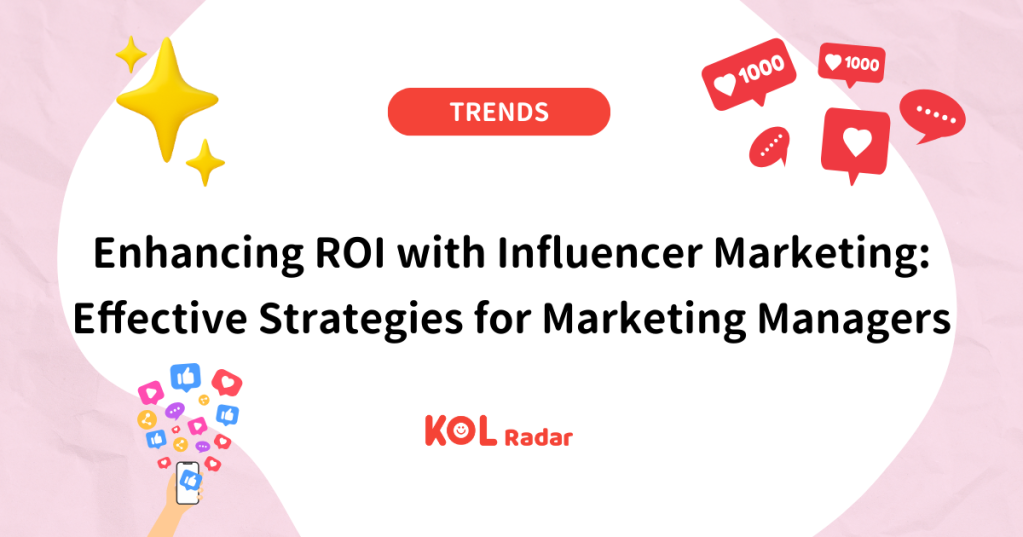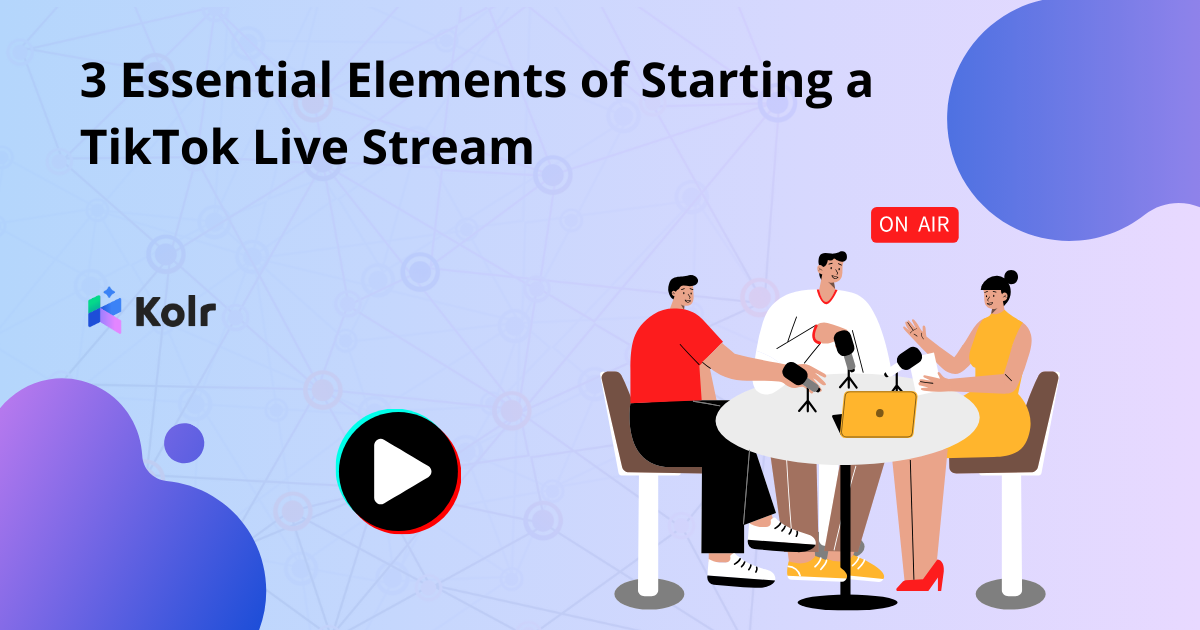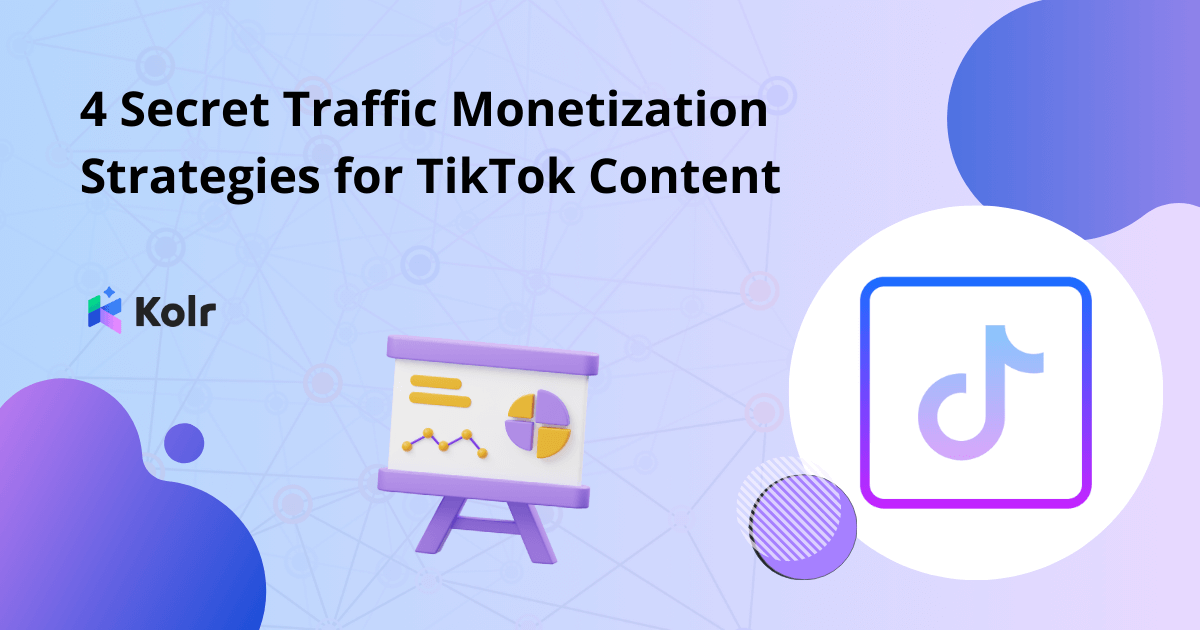Are you a marketing manager exploring influencer marketing and not sure where to start? You scroll through social media and list down some of the influencers that you follow. They might be popular, but would they be effective in promoting your brand? Can they reach your target audience? What is the most effective influencer selection method to maximise ROI? Contact KOL Radar to get started!
The rise of social media has transformed the marketing game, with billions of users active on platforms like Facebook, Instagram, Twitter, TikTok and LinkedIn, the reach and impact of social media cannot be taken lightly. These social media platforms have redefined how brands connect with their audiences, for example through real-time interactions and delivering highly personalised, relatable content.
Influencer marketing strategy involves collaborating with individuals who have established credibility and a devoted following in specific niches, allowing brands to reach their target audiences more effectively. In today’s age, consumers are tuning out information overloaded ‘online noise’ with ad-blockers and more are turning to influencers for trusted recommendations and authentic content.
One of the primary reasons why influencer marketing is gaining such significance is its undeniable impact on ROI. When executed correctly, influencer marketing campaigns can yield impressive returns. Influencer marketing can increase brand visibility, drive sales, and enhance brand reputation. Here we have some tips for marketing managers to maximise ROI with influencer marketing.
- Selecting the Right Influencers: The Dos and Don’ts of Influencer Selection
Choosing the right influencers for your brand is important for brands in terms of maximising ROI, thus it is essential to understand the dos and don’ts of this selection process, factors such as the influencer’s credibility, niche relevance, and audience engagement.
- Identifying Influencers Who Align with Your Brand’s Values
To ensure a successful partnership, it’s crucial to identify influencers whose values align with your brand’s mission and values. This alignment creates authenticity, making the influencer’s promotion of your product or service feel genuine to their audience. Content that appears forced may have a worse marketing effect than no content at all.
- The Significance of Engagement Over Follower Count
While a high follower count may be tempting, focusing on engagement is more critical for achieving a substantial ROI. An influencer with a smaller but highly engaged audience is likely to generate more conversions than one with a large but disengaged following. For a more detailed guide on how to select suitable influencers for your brand, click here to find out.
- Setting Clear Campaign Objectives: The Role of Well-Defined Campaign Objectives and KPIs
Effective influencer marketing begins with well-defined campaign objectives and Key Performance Indicators (KPIs). Marketing managers should establish clear goals, whether it’s increasing sales, brand awareness, or website traffic, and measure their success through KPIs. The lack of a clearly defined KPI will lead to misunderstanding and dissatisfaction between the influencer and the brand, a perfect recipe for a disastrous collaboration.
- How to Measure and Track ROI Effectively and Realistically
Measuring ROI accurately is essential for optimising influencer marketing campaigns. Marketing managers must track the financial impact of their campaigns, factoring in not only the cost but also the revenue generated as a result. It is a good practice to benchmark ROIs with industry players, and then gradually find an edge to maximise ROI.
- Examples of Successful Campaigns with Clear Objectives
Successful influencer marketing campaigns are characterised by clear objectives. For example, a renowned local cosmetic brand collaborated with a popular lifestyle influencer to launch a new skincare line. The campaign’s objective was twofold: to increase brand visibility and drive sales. The influencer created authentic, engaging content highlighting the product’s benefits and usage, resulting in a substantial surge in online and in-store sales.
- Content Collaboration and Authenticity: Encouraging Influencers’ Creative Freedom While Maintaining Brand Alignment
The key to a successful influencer marketing campaign lies in finding the right balance between creative freedom and brand alignment. Marketing managers should empower influencers to create content that resonates with their audience while ensuring it reflects the brand’s identity. Avoid micromanaging influencers and stifling their creativity, because the influencers know the best way to create content that engages with their audience. An overly controlled content may appear forced and inauthentic, driving away consumers.
- Strategies for Creating Authentic Content
Authenticity is at the heart of influencer marketing. Audiences connect with content that feels genuine. For instance, a local eco-friendly fashion brand Earth Heir collaborated with influencers who actively advocated for sustainability and ethical fashion. By allowing influencers creative freedom within the brand’s eco-conscious framework, the resulting content felt genuinely aligned with the influencers’ values and resonated authentically with their audience.

Next, brands should embrace cultural nuances in marketing campaigns to maximise ROI. A food and beverage brand, Maggi leveraged influencers from diverse cultural backgrounds to authentically showcase the versatility of its products within local cuisines. This strategy not only celebrated Malaysia’s rich cultural tapestry but also connected deeply with varied audience segments, fostering genuine engagement and trust. Authenticity can be achieved by marrying brand values with influencer beliefs.

When influencers authentically endorse your brand, their recommendations hold more weight with their audience. Leveraging this authenticity can significantly impact ROI as consumers are more likely to trust and engage with content that feels real and relatable.
- Measuring and Improving ROI: Key Metrics to Evaluate Influencer Marketing ROI
To optimise ROI, marketing managers must understand the key metrics used to evaluate influencer marketing campaigns. We’ll delve into the critical data points that reveal the effectiveness of your influencer partnerships.
- Audience Segmentation and Targeting
Understanding the diverse market is crucial. Marketing managers should conduct in-depth audience segmentation to identify specific demographics, interests, and behaviours.
- Performance Tracking Tools
Managers should utilise KOL Radar’s performance tracking tool to get detailed analytics on engagement, clicks, and conversions resulting from influencer content. Marketing managers then can identify what works and what needs
- A/B Testing and Iteration
Experimentation is key to discovering what resonates best with the audience. Marketing managers can employ A/B testing to compare different content styles, messaging, or even influencer types to discern what drives the most engagement and conversions. Based on the results, campaigns can be fine-tuned for enhanced performance.
- Continual Learning and Adaptation
The digital landscape evolves rapidly. Marketing managers need to stay updated with the latest trends, algorithms, and consumer behaviours. A culture of continual learning and adaptation allows for quick adjustments in strategies, ensuring campaigns remain relevant and effective, contributing to better ROI.
- Case Studies Highlighting ROI Improvements Through Effective Influencer Marketing Strategies
Case Study 1: Velvet Vanity – Authentic Storytelling for Product Launch
Beauty Brands Velvet Vanity, and dUCK, used influencer marketing paired with authentic storytelling to promote their products. The campaign led to a significant increase in online engagement and a remarkable uptick in sales within a short time frame. The combination of the influencer’s authenticity and the brand’s product quality resulted in a substantial boost in ROI, with a noticeable increase in product awareness and sales.

Case Study 2: Samsung – Diverse Influencer Collaborations for Product Promotion
Tech Company Samsung, leveraged micro-influencers for the launch of its new smartphone in Malaysia. The strategic use of multiple micro-influencers, each resonating with their dedicated audience, substantially increased the ROI for the campaign.
Conclusion
In conclusion, influencer marketing is a powerful tool for marketing managers seeking to maximise ROI in an ever-evolving digital landscape. By selecting the right influencers, setting clear campaign objectives, prioritising authenticity, and measuring performance effectively, your brand can achieve impressive results.
For expert guidance on integrating influencer marketing into your overall marketing strategy and achieving outstanding ROI, contact KOL Radar. Our team of professionals specialises in influencer marketing and can provide the support and insights you need for a successful influencer marketing journey. Don’t miss out on the opportunities this dynamic strategy offers – embrace influencer marketing and unlock its full potential for your brand’s success.

▶︎ This article may not be reproduced, redistributed, publicly broadcasted, or publicly transmitted in any form. Copyrights and portrait rights of the images and data cited in this article remain with the original rights holders.





